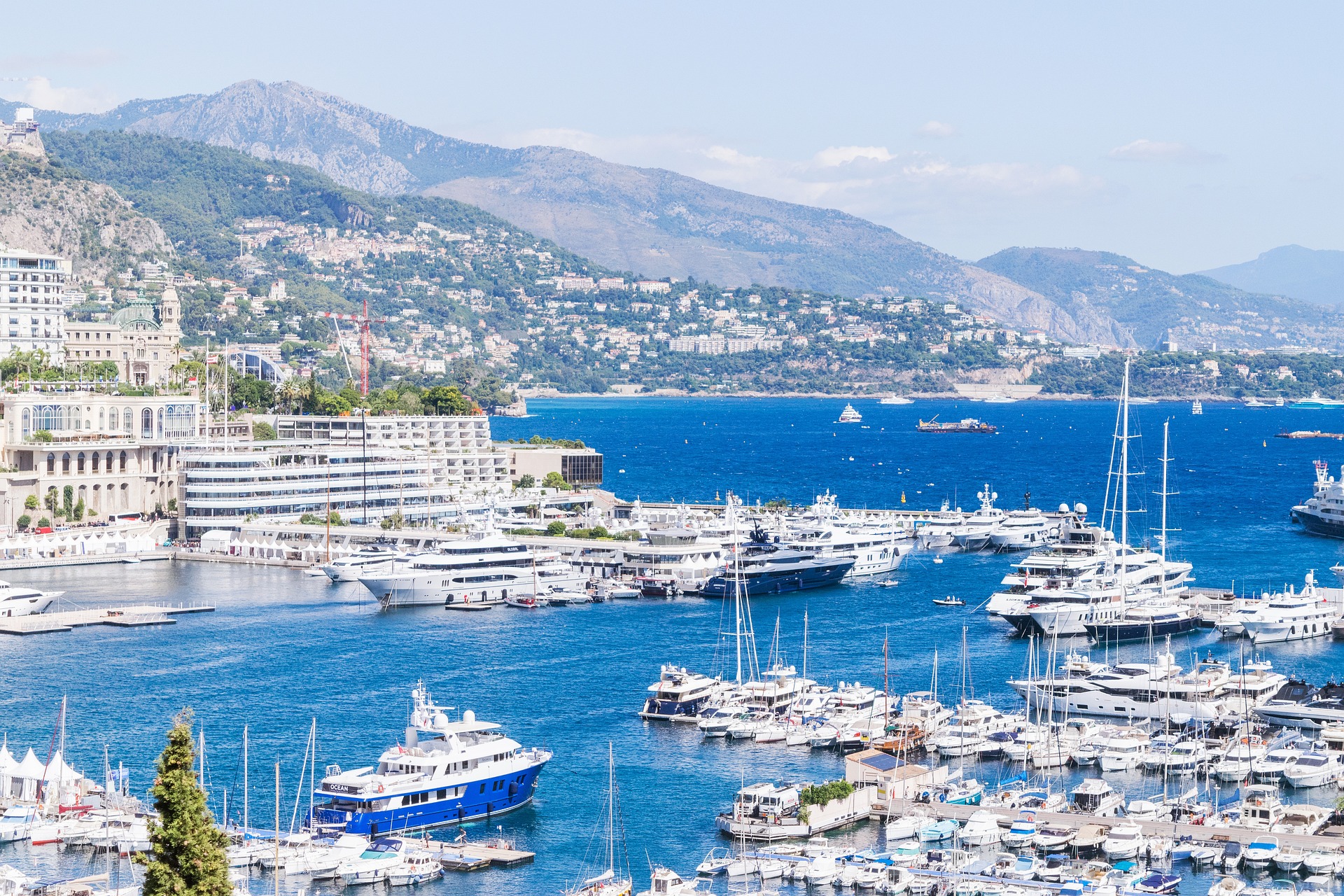Paddling the Blue Highways: A New Take on Water Travel
Discovering a new path to adventure can be exhilarating, and the trend of paddling along the world's rivers, lakes, and oceans—known as the blue highways—offers travelers a fresh, immersive experience. This article explores the ins and outs of this unique travel style, its impact on travelers, and why it's gaining popularity.
A Historical Voyage on the Blue Highways
The term “blue highways” was coined by author William Least Heat-Moon in his 1982 book “Blue Highways: A Journey into America.” It referred to the blue-colored smaller roads on old US highway maps, which he saw as more interesting and adventurous than the major highways. Today, the term has been adopted by waterway travelers, who see rivers and oceans as the most scenic routes to their destinations.
The Resurgence of Water-based Travel
In recent years, water-based travel has seen a resurgence. As travelers seek more intimate, eco-friendly, and active ways to explore, paddling along the blue highways offers a unique opportunity to slow down, appreciate the natural surroundings, and engage with the local culture.
Advantages, Challenges, and Impact
Water-based travel offers numerous benefits. It’s an excellent way to stay fit and active during your journey. It also allows for a deeper connection with nature and a chance to see wildlife up close. However, it does pose certain challenges. Weather conditions, physical requirements, and safety concerns are all factors to consider. Nonetheless, the impact on travelers is overwhelmingly positive, with many citing their blue highways journey as a transformative experience.
Backed by Research and Trends
Research supports the rising popularity of water-based travel. A 2020 report from the Outdoor Industry Association showed a significant increase in participation in paddlesports, particularly among millennials and Gen Z. Similarly, travel trend reports highlight the growing demand for active, immersive, and off-the-beaten-path experiences.
Waterway Travel: Tips and Insights
-
Plan ahead: Research your route carefully, check the weather forecast, and ensure you have the necessary permits if required.
-
Safety first: Always wear a life jacket and be mindful of water conditions and currents.
-
Leave no trace: Respect the environment and adhere to the principles of leaving no trace.
-
Mix in some land activities: Many waterways are near hiking trails, cultural sites, or towns worth exploring.
In conclusion, paddling the blue highways offers a fresh perspective on travel. It combines adventure, physical activity, and a deep connection with nature. As more and more travelers seek meaningful and unique experiences, this style of travel is poised to continue its upward trend. So, why not consider swapping the open road for the open water on your next journey?





